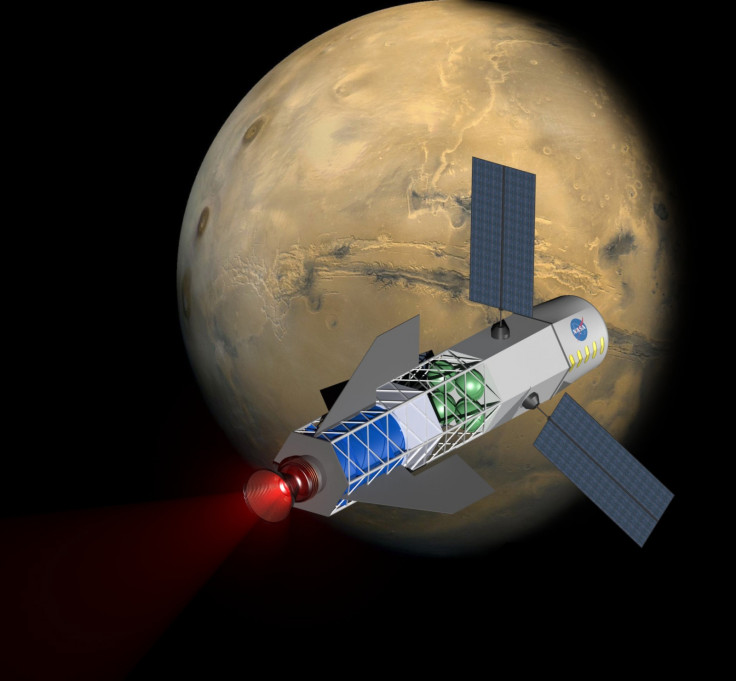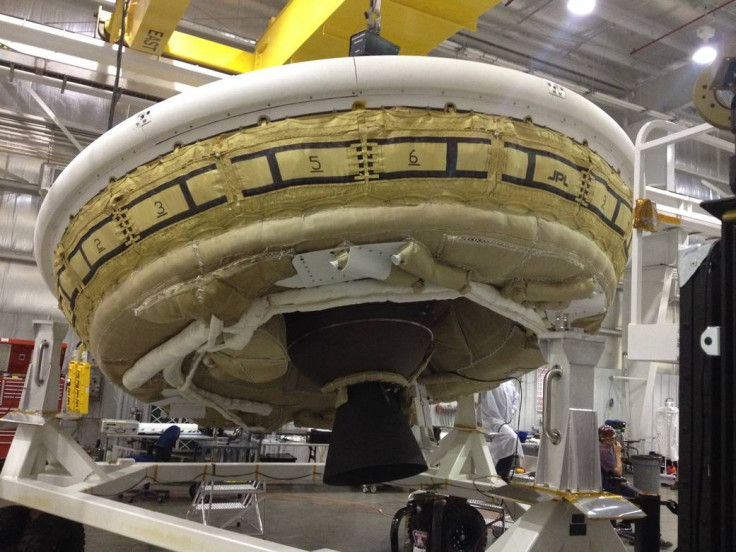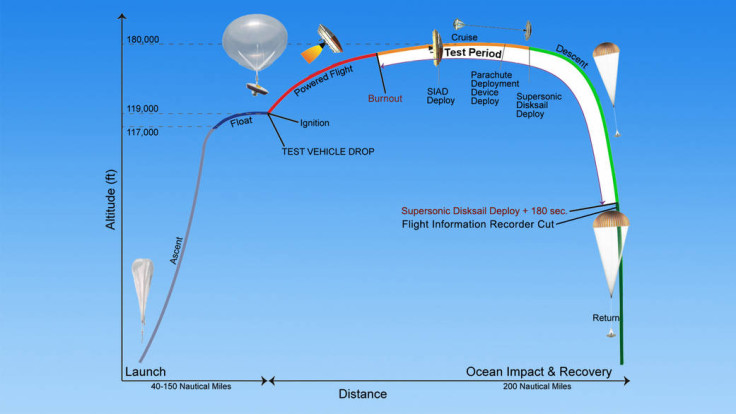Nasa cutting Mars travel time in half using solar-electric engines and nuclear rockets

Nasa believes that it is possible to half the length of time it would take to get astronauts to Mars by using advanced propulsion technologies like nuclear fusion and solar-electrics.
"Right now it's about an eight-month mission; we'd like to cut that in half," Nasa Administrator Charlie Bolden told reporters during a visit to US rocket and missile manufacturer Aerojet Rocketdyne, according to Space.com.
Aerojet Rocketdyne and Nasa are now working together on solar-electric propulsion (SEP) systems, and are currently building 5kW engines for Nasa's robotics missions. The next step after that would be to get to 15kW, and then to see if multiple engines can be clustered together in order to get the power up to 50kW or even 100kW.
"The limiting power of this type of propulsion has been the power to drive it. Aerojet Rocketdyne has partnered with different entities around the country in looking [at] how to get more energy density onto a solar cell. The more power we can get, the larger we can make the engine and its capability," said Bolden.
"The advantage of using that kind of propulsion, pound for pound, is that it can fly nearly forever as opposed to [traditional liquid-fuelled] chemical engines [currently powering Nasa spacecraft]."
Nuclear rockets are another option

Another solution would be to make a nuclear rocket, for example the Nuclear Engine for Rocket Vehicle Performance (NERVA) system, which was scrapped in 1972 even though its ground-firing tests were successful and it offered a promising performance.
A team of researchers from the University of Washington is currently working to develop a rocket that is powered by nuclear fusion – the reaction that powers the sun and hydrogen bombs – and put that into an engine.
The researchers want to inject bubbles of plasma made from deuterium and tritium – "heavy" isotopes of hydrogen – into a chamber, where a magnetic field can then collapse metal rings around the plasma bubbles, which compresses them into a fusion state to produce energy.
The energy then vaporises and ionises the metal, creating thrust as the metal accelerates out of the back of the spacecraft through a nozzle.
"This is probably the most simple and straightforward, lowest-cost fusion propulsion system you can think of," space-propulsion company MSNW's Anthony Pancotti told Space.com.
"The fundamental physics have been proven in the laboratory with hardware, and fusion yields — neutrons — have been produced," he added. "So what I'm talking about is building a device with known physics and with a proven method."
But what about that flying saucer thing Nasa is testing?

This week Nasa is testing out low-density supersonic deceleration.
A flying saucer-shaped vehicle will launch in Hawaii and get lifted up to 120,000ft by a weather balloon, after which a booster rocket will travel at supersonic speeds to get it the rest of the way to 180,000ft.
Once at that height, an inner-tube-shaped decelerator will inflate and slow the vehicle in mid-air, with the parachute inflating at Mach 2.35 and gently carrying the vehicle back down to the ocean's surface.
On Mars, there is far too little atmosphere and it is also too thin for parachutes and friction to be used to slow down large, heavy payloads so that they can land safely on the planet.
Researchers need to find another way, which is why Nasa is testing the technology at 180,000ft, which is where very thin air similar to that on Mars is located.

© Copyright IBTimes 2025. All rights reserved.






















